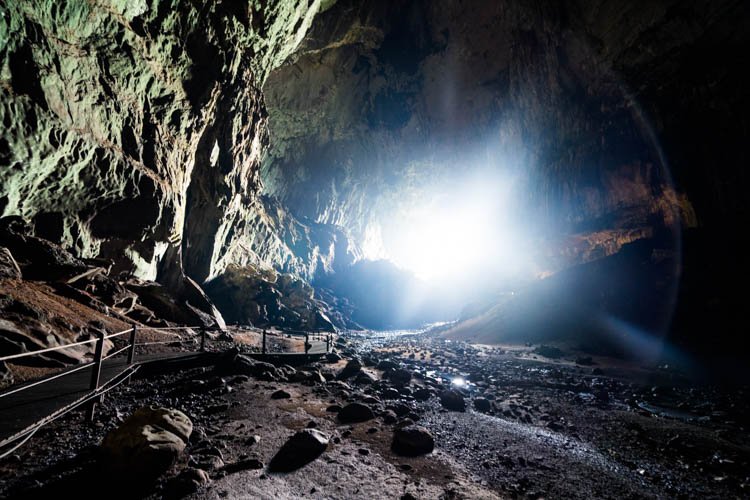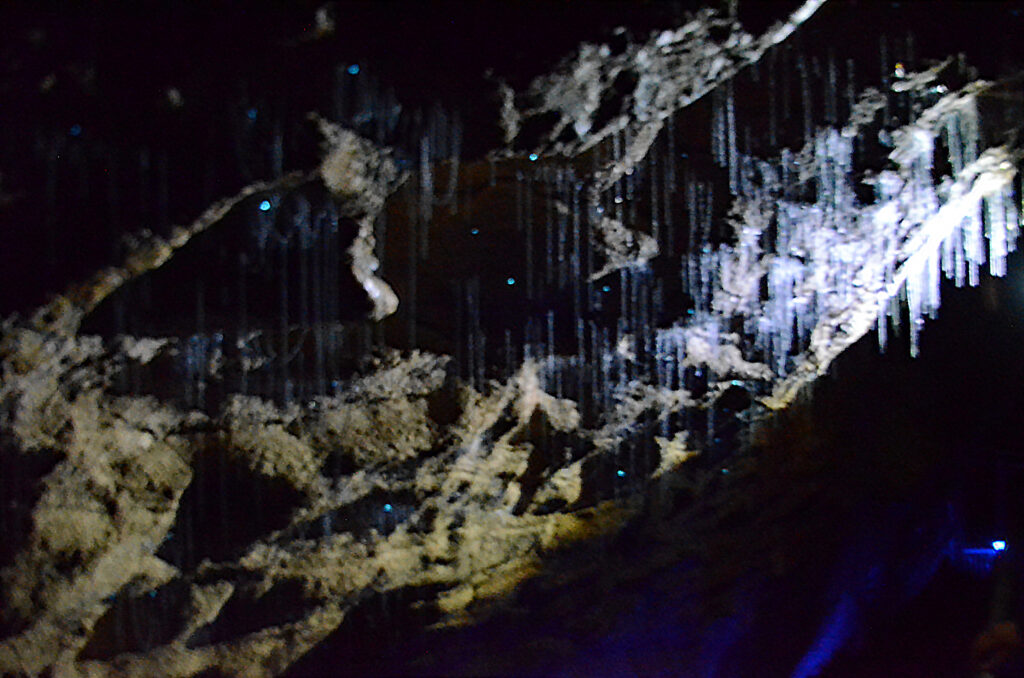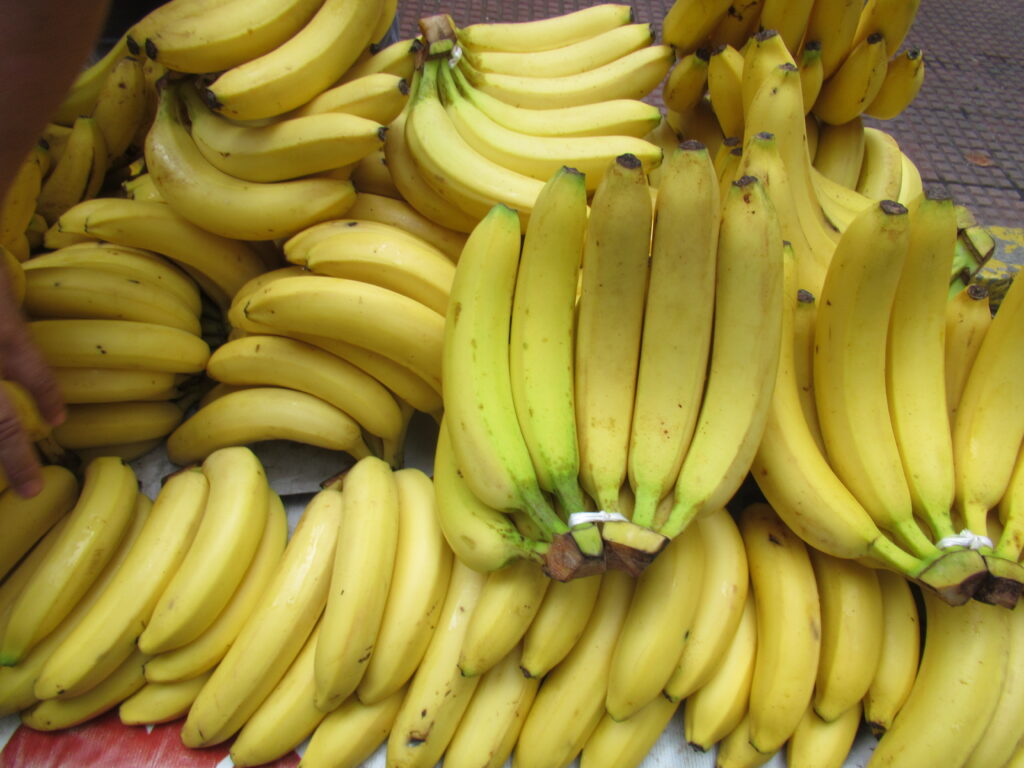Deep in the sweltering jungles of Borneo lies a cave so astonishing, it almost defies belief. Imagine stepping into a world where millions of bats spiral overhead, their wings beating like thunder in the darkness, and the ground crunches beneath your feet—not with rock, but with a mountain of bat droppings. This is no ordinary cave; it’s a living, breathing ecosystem fueled by guano, a resource so valuable it has shaped entire communities and livelihoods. Welcome to the story of Sarawak’s legendary bat cave, where nature’s waste becomes an unexpected treasure, and where the stench of guano is, quite literally, the scent of survival.
The Marvel of Sarawak’s Caves
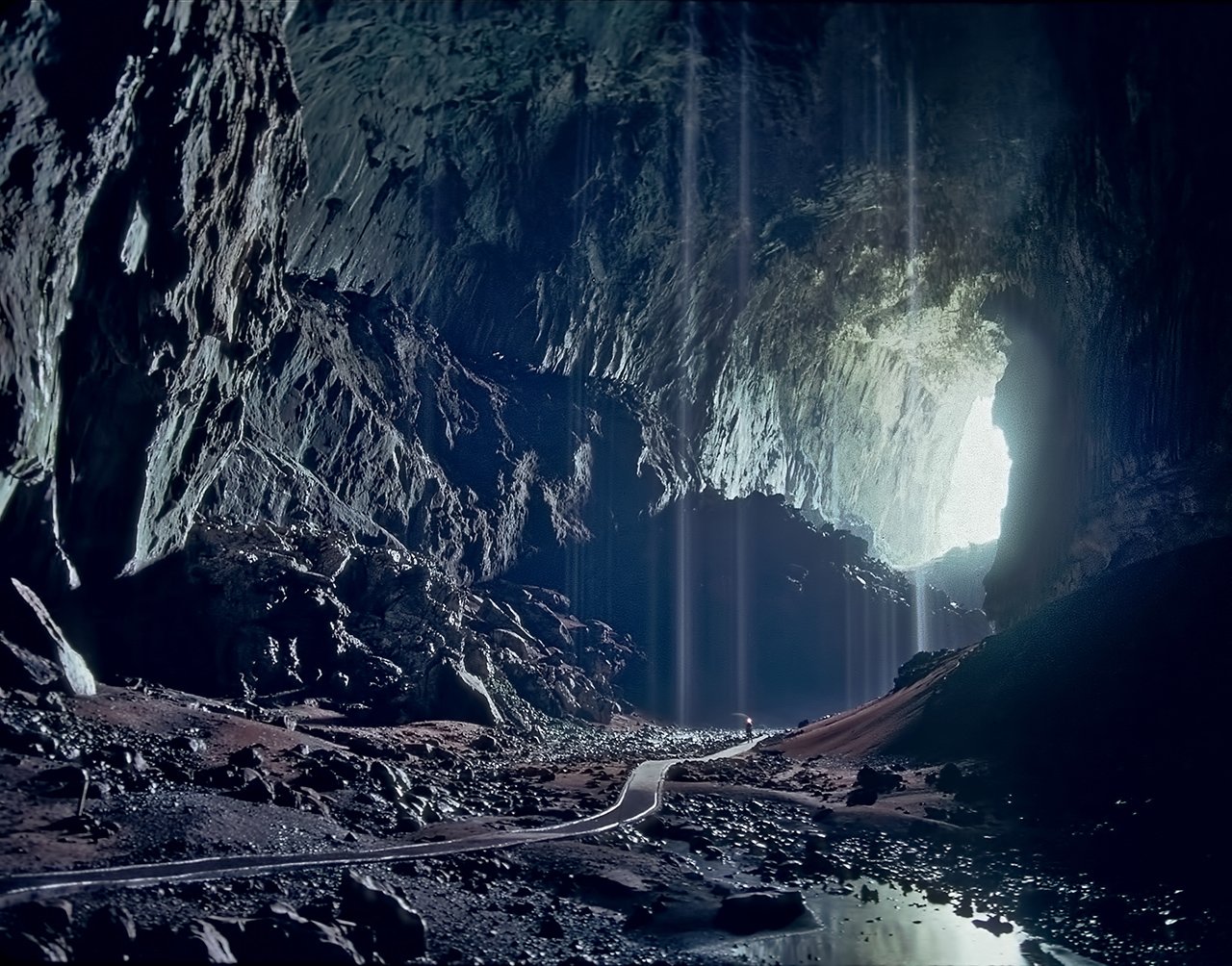
The caves of Sarawak, nestled in the heart of Malaysian Borneo, are among the world’s most spectacular natural wonders. Towering limestone chambers stretch for kilometers, their ceilings disappearing into shadowy heights. These caves are ancient, sculpted by water and time, and filled with an air of mystery that draws explorers and scientists alike. For centuries, local legends have whispered about their hidden secrets, but none is more surprising than the sheer abundance of bat guano. The story of these caves is as much about geology as it is about the teeming life within, making them a true marvel of the natural world.
Bats: The Unsung Architects
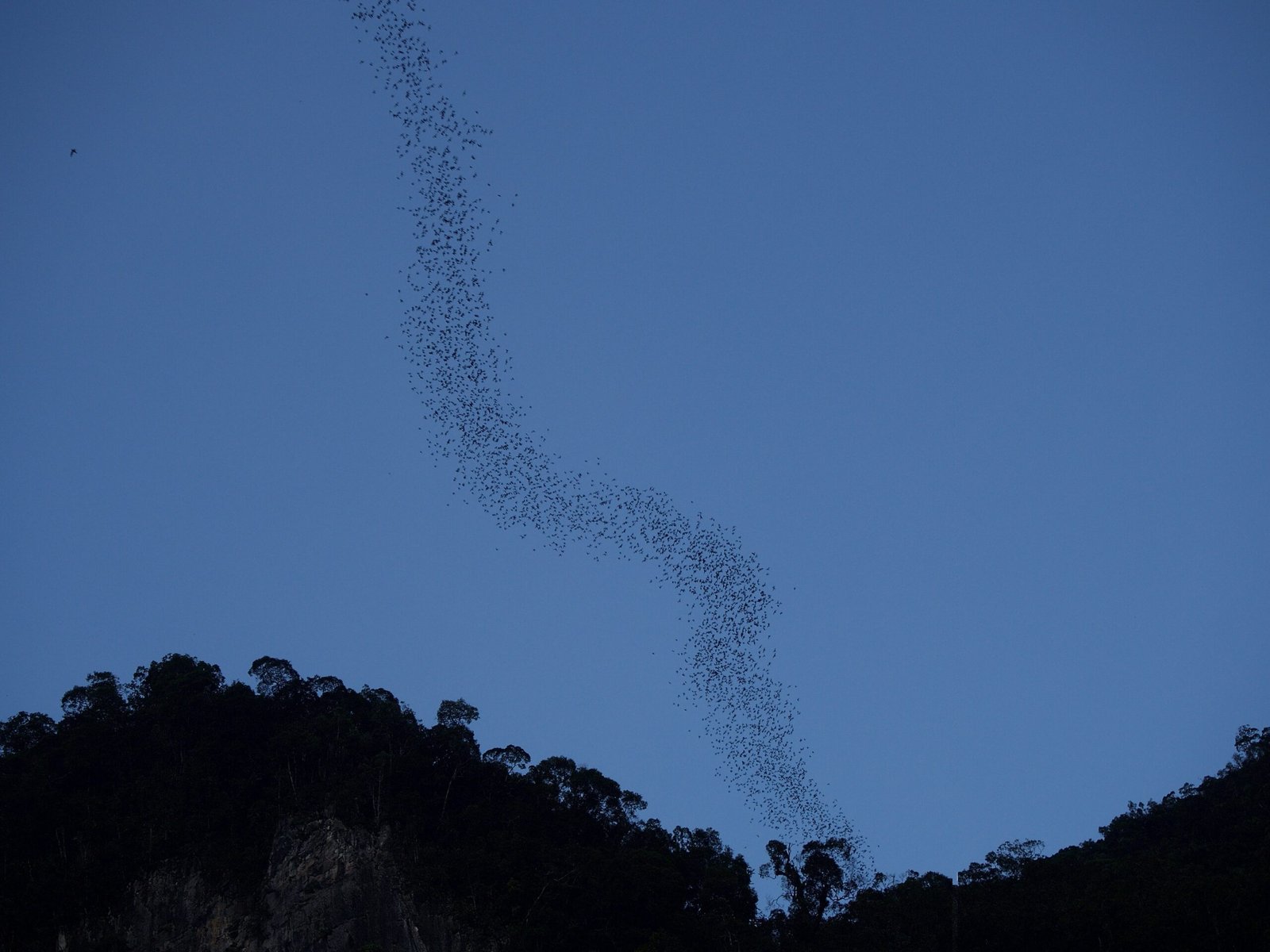
At the heart of this underground spectacle are the bats—millions of them, belonging to dozens of species. Every dusk, they erupt from the cave’s mouth in swirling clouds, embarking on nightly hunts for insects. These bats are not just inhabitants; they are ecosystem engineers. By roosting in such vast numbers, they turn the cave into a dynamic habitat, shaping its environment in ways that scientists are only beginning to understand. Their droppings, or guano, accumulate over centuries, layering the cave floor with a substance rich in nutrients and history.
Guano: Nature’s Black Gold
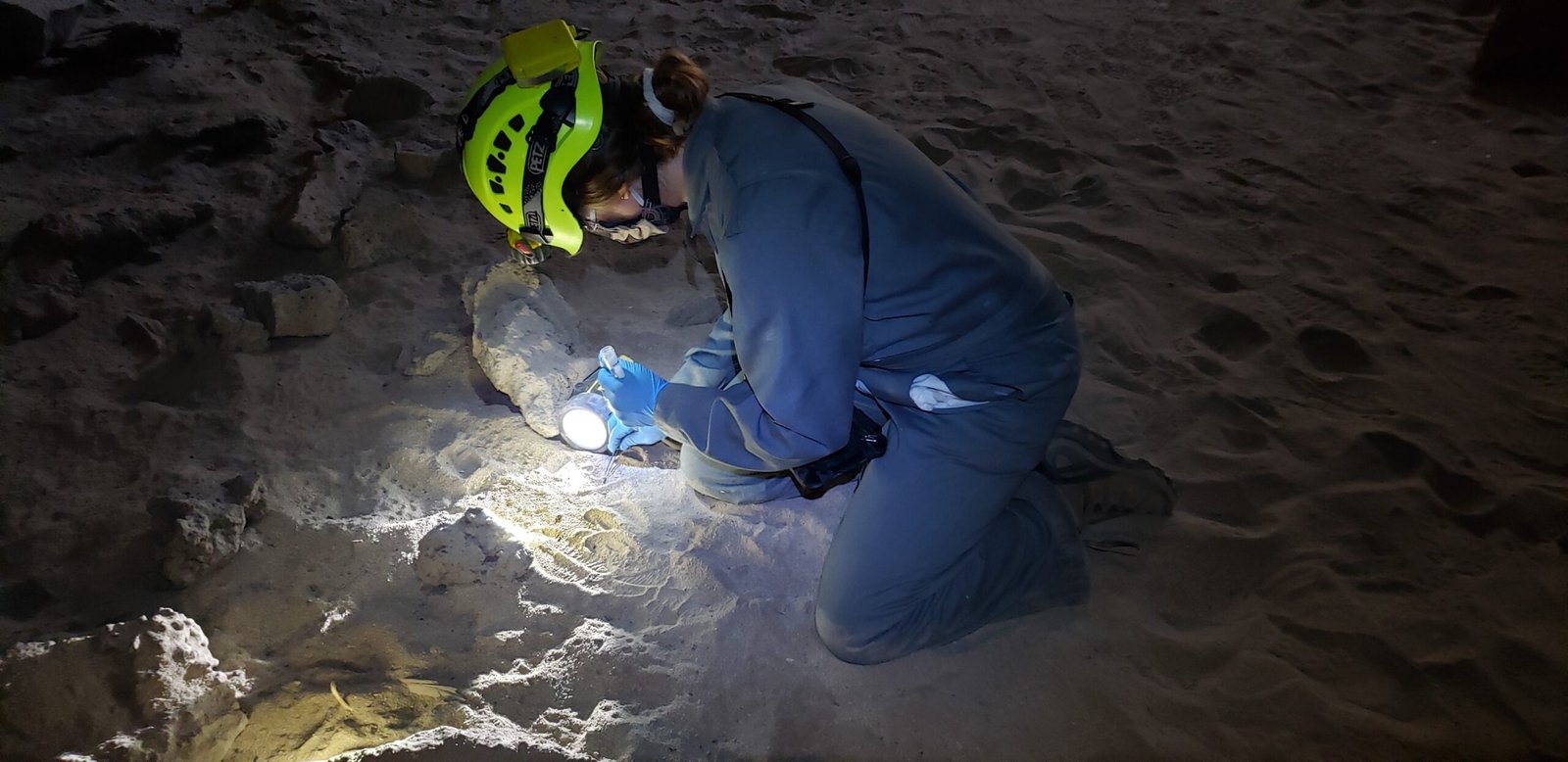
What makes bat guano so special? It’s packed with nitrogen, phosphorus, and potassium—key nutrients that turn it into a natural super-fertilizer. Long before synthetic fertilizers existed, farmers prized guano for its ability to transform barren soils into lush fields. In the Sarawak cave, the sheer volume of guano is staggering. Piles several meters deep testify to generations of bats overhead. In many ways, guano has become “black gold,” supporting entire economies and feeding the world’s hunger for sustainable agriculture. Its value is more than just scientific—it’s deeply practical.
Astonishing Biodiversity
The cave’s guano deposits are not just fertilizer—they are the foundation of an intricate food web. Insects, spiders, and crustaceans thrive in the nutrient-rich layers, feeding on the organic matter and each other. Certain species of beetles and cockroaches are found nowhere else but in these guano-filled caves. Even blind fish and salamanders have evolved to live in this perpetual twilight, their lives intricately tied to the steady rain of bat droppings from above. Each layer of guano tells a story of adaptation and survival.
The Guano Harvesters
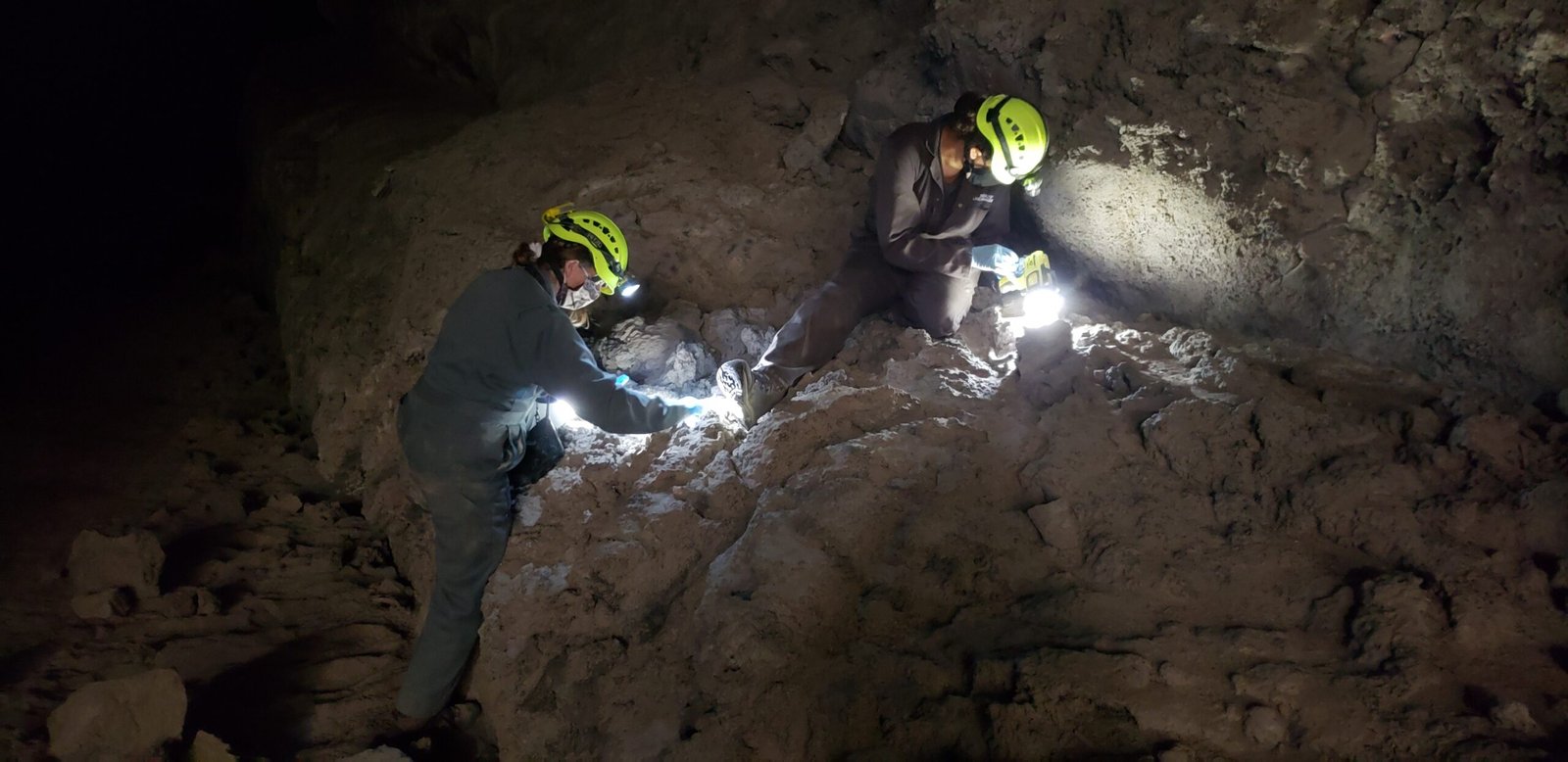
For local villagers, the guano is more than just bat waste—it’s a vital source of income. Brave harvesters venture into the caves, often climbing precarious bamboo ladders to reach the thickest deposits. The work is grueling and dangerous; the air is thick with ammonia, and the floor can collapse underfoot. Yet, for many families, guano collection is a tradition that stretches back generations. It is both a rite of passage and a lifeline, transforming natural abundance into economic opportunity. The harvesters’ intimate knowledge of the cave’s rhythms is a testament to human resilience and ingenuity.
Economic Ripple Effects
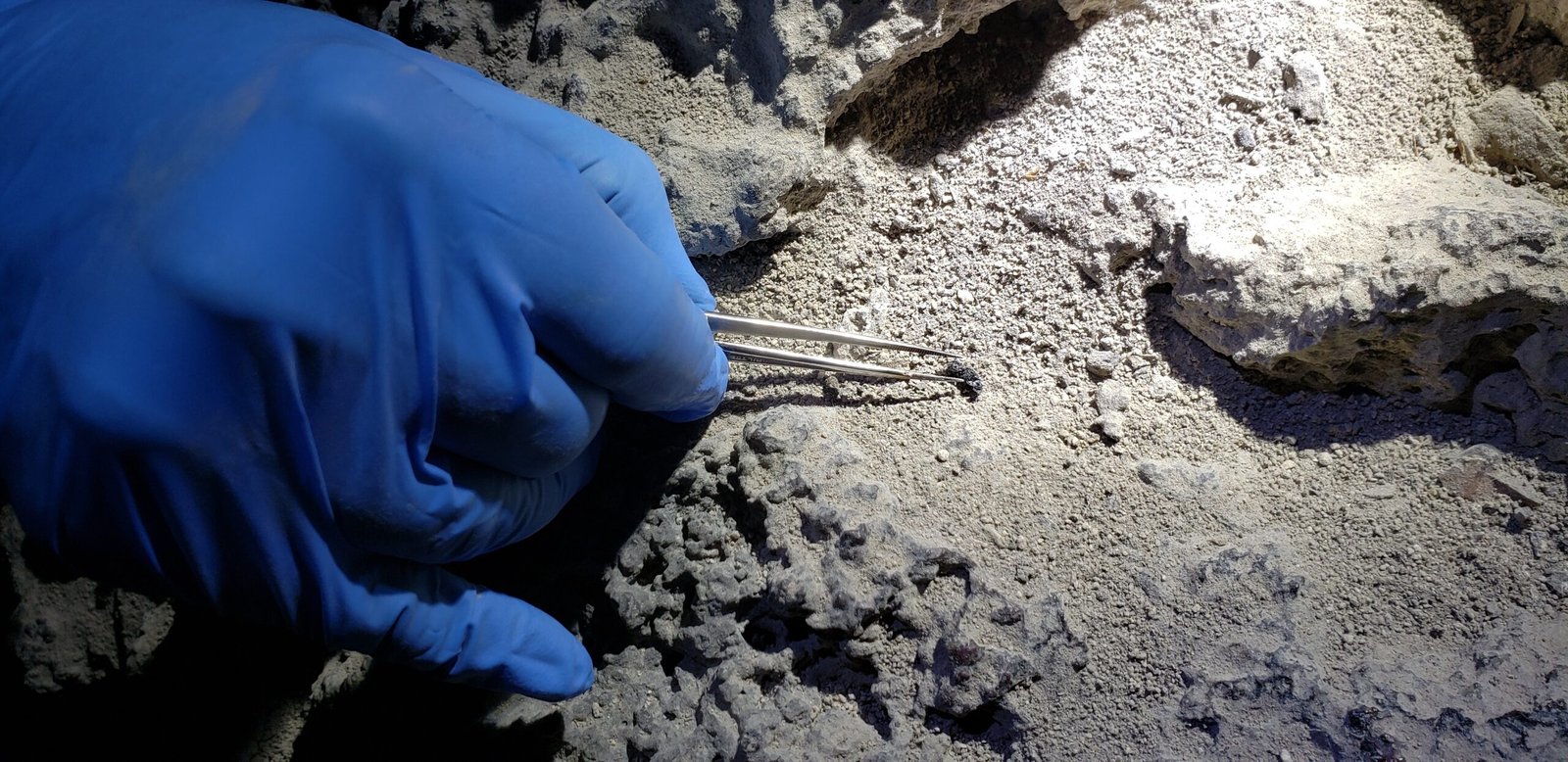
The trade in guano has ripple effects far beyond the cave’s shadowy entrance. Bags of bat droppings are sold to local traders, who then distribute them to farms across the region. In some years, the guano trade can make the difference between prosperity and hardship for entire villages. The economic value of this natural resource is astonishing—by some estimates, a single cave can supply tons of guano each year, worth thousands of dollars on the open market. The cave’s bounty sustains local economies in ways few outsiders realize.
The Science Behind the Stench
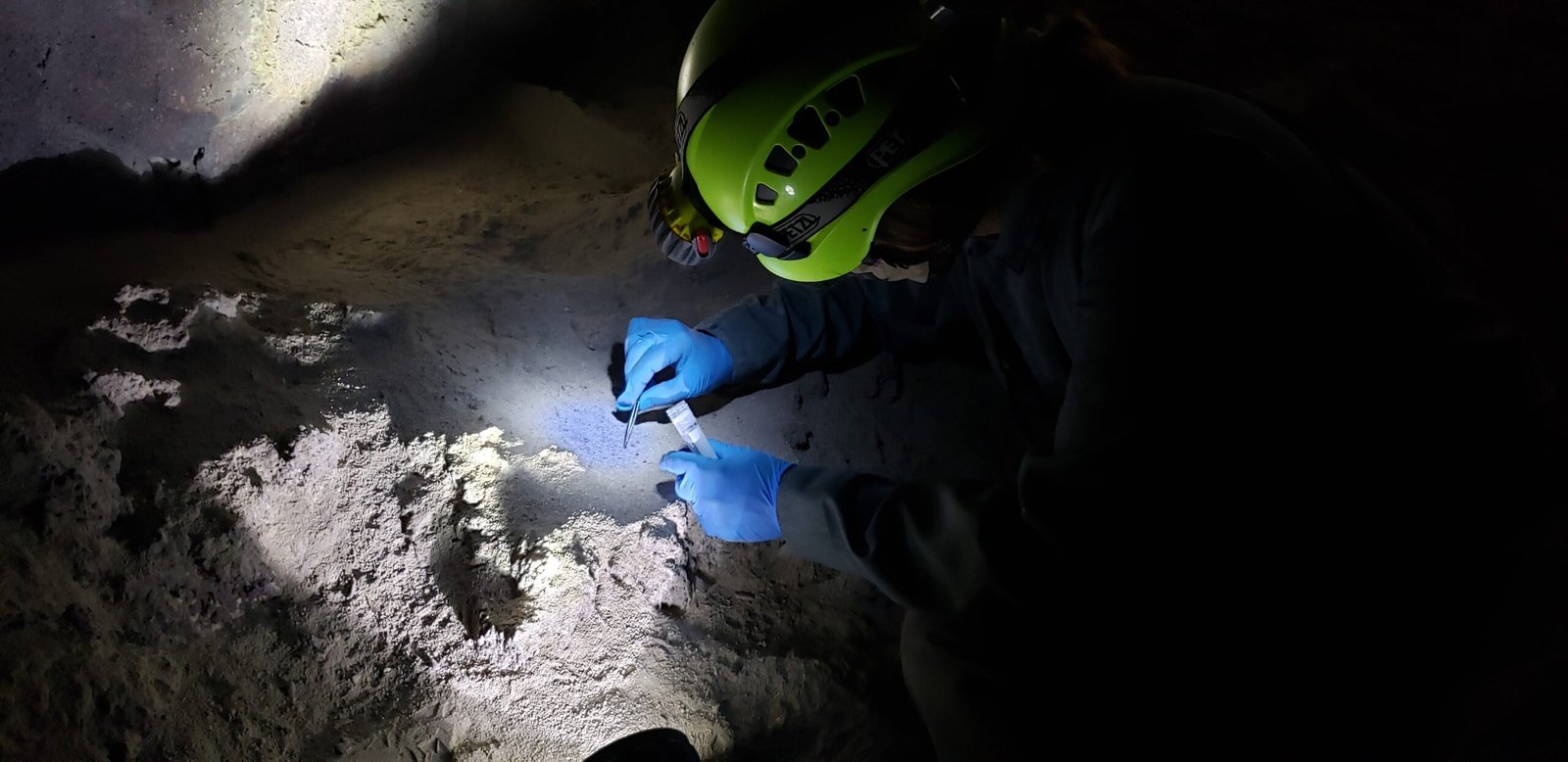
It’s impossible to ignore the cave’s overpowering smell—a pungent mix of ammonia and decay. But this stench is more than just a nuisance; it’s a chemical signal of the ecosystem’s vitality. Scientists study the composition of guano to track changes in bat populations and even to monitor shifts in the local environment. The gases released during guano decomposition play a role in cave weathering, slowly altering the limestone walls over centuries. What seems unpleasant is, in fact, a sign of life and transformation.
Guano Through Human History
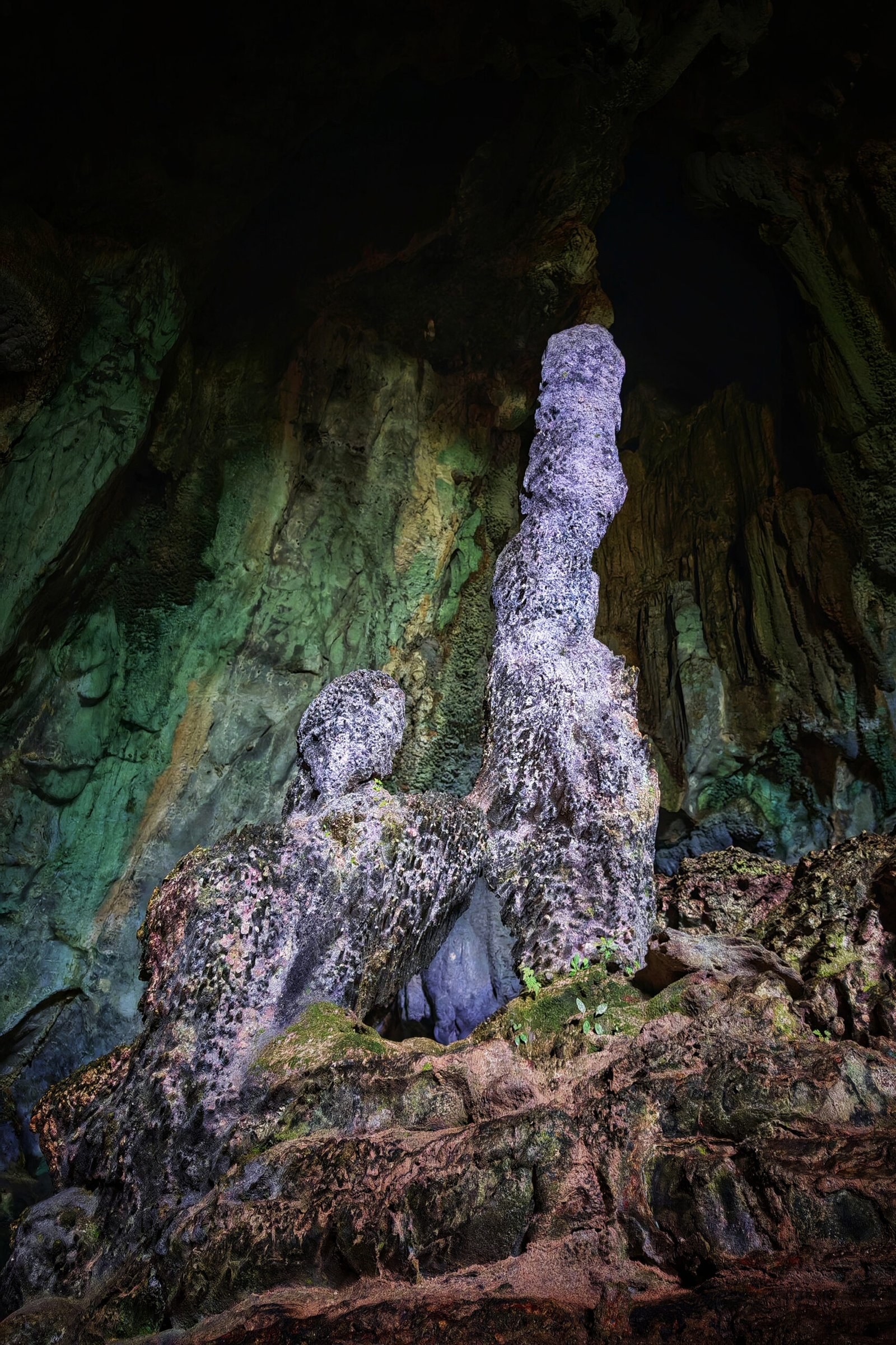
The use of bat and bird guano stretches back centuries, from the ancient Incas of South America to modern-day Malaysia. In the 19th century, guano was so prized that rival nations fought over islands covered in bird droppings. Sarawak’s cave continues this legacy, serving as a living link to humanity’s long relationship with nature’s waste. The story of guano is one of ingenuity—of turning what others discard into something of immense value.
An Ecological Balancing Act
Harvesting guano is not without risk. Removing too much can disrupt the delicate balance of the cave’s ecosystem, threatening the very bats and insects that make it possible. Conservationists work with local communities to ensure that guano collection remains sustainable. By leaving enough behind for the cave’s inhabitants, they help preserve both the economic benefits and the biodiversity that make these caves so unique. It’s a constant dance between need and stewardship, guided by science and tradition.
Tourism and Curiosity
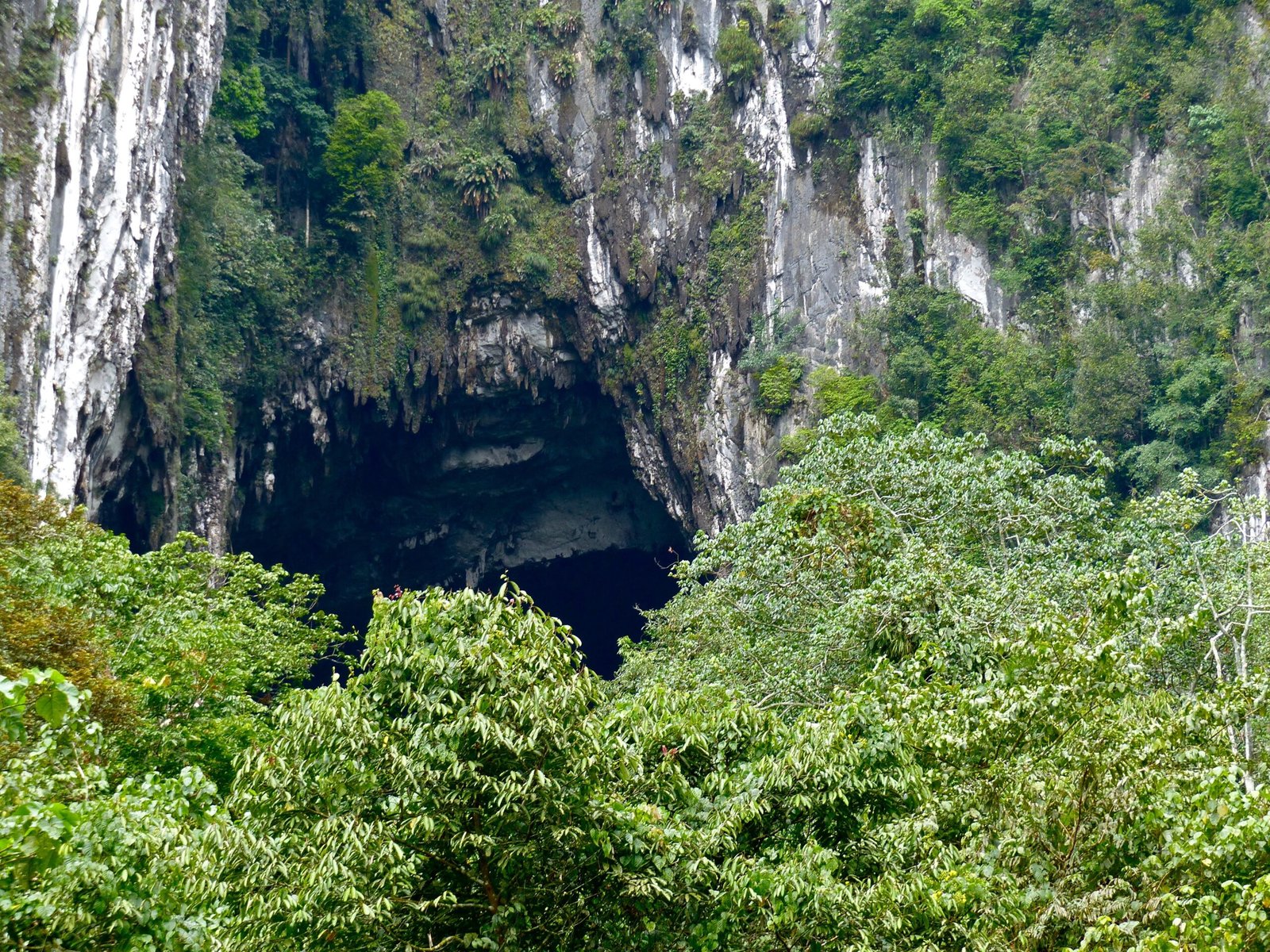
Word of Sarawak’s bat cave has spread far beyond local villages, drawing tourists and adventurers from around the globe. Visitors come to witness the nightly bat exodus, an awe-inspiring spectacle as millions of wings blur against the evening sky. Guided tours offer a glimpse into the cave’s dark heart, where the ground is soft with guano and the air hums with life. For many, the cave is a lesson in the unexpected ways nature and humanity are intertwined.
The Role of Bats in Agriculture
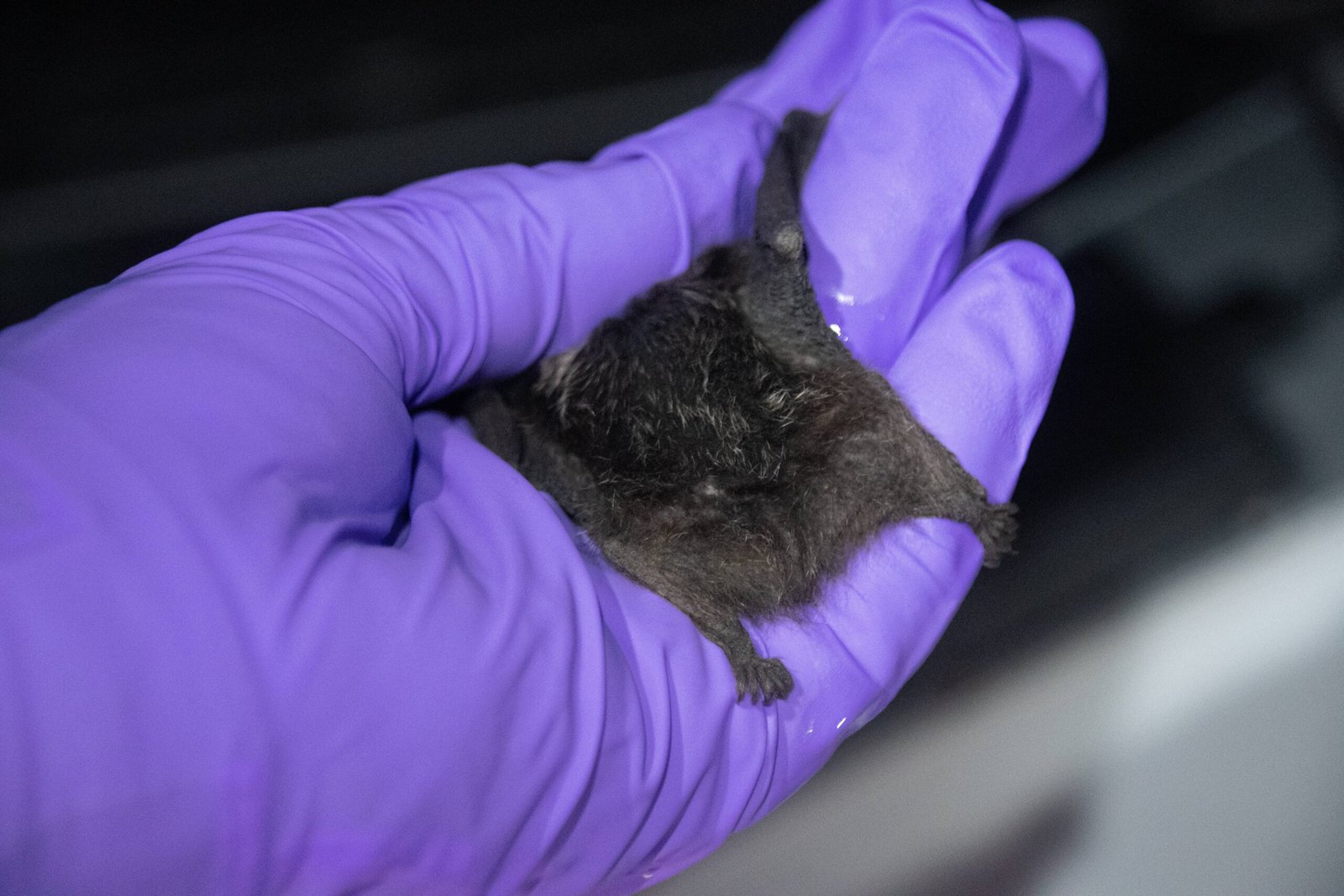
Beyond the cave, the bats themselves are unsung heroes for local farmers. By devouring vast numbers of crop-destroying insects, they provide natural pest control that saves millions of dollars each year. The guano they produce is just one part of a larger agricultural puzzle, where bats act as silent guardians of food security. Their nightly flights are both a miracle of nature and a blessing for those who depend on the land.
Microbial Alchemy in the Depths
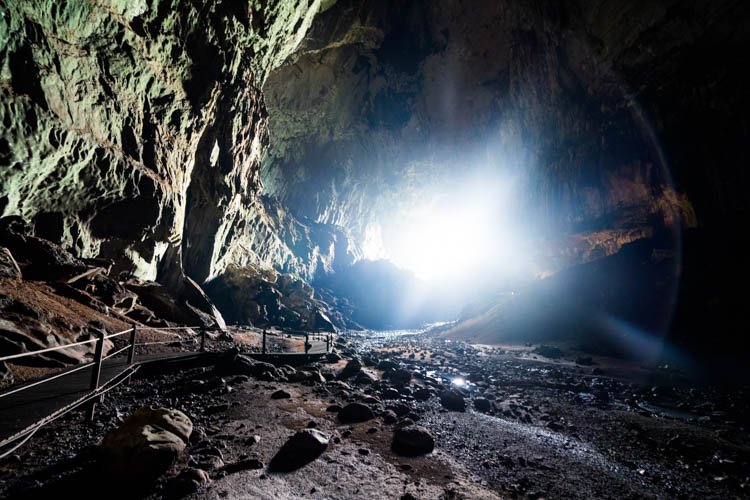
The decomposition of guano is a microbial symphony. Bacteria and fungi break down the droppings, releasing nutrients that feed the cave’s entire ecosystem. Scientists are fascinated by these extremophile microbes, some of which can survive in the harshest conditions. These organisms may hold secrets for medicine and biotechnology, making the cave a living laboratory for discovery. Every handful of guano is teeming with life at the smallest scale.
Risks and Dangers for Humans
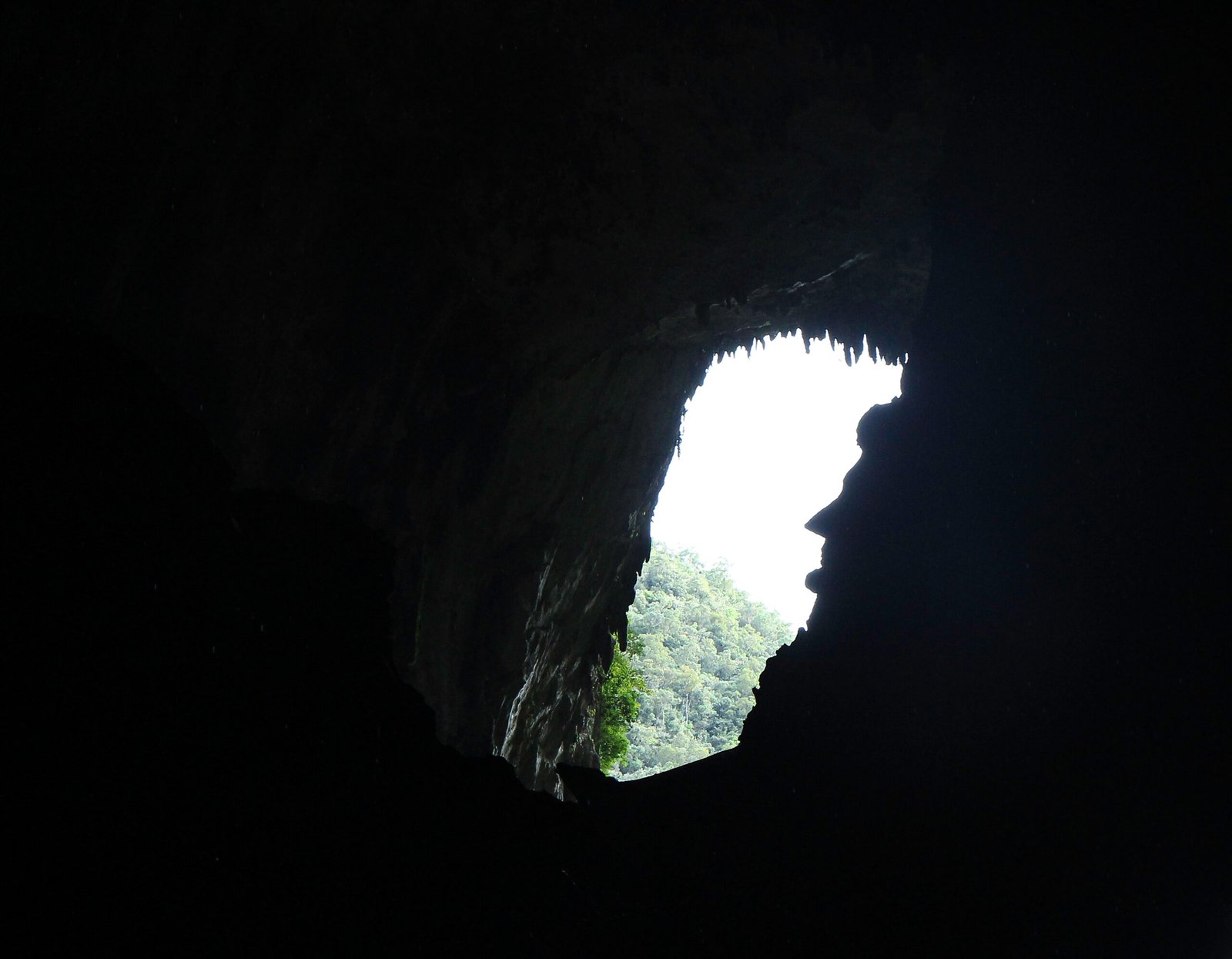
Working in the guano cave isn’t for the faint of heart. Aside from the risk of falls and toxic gases, harvesters face the threat of diseases like histoplasmosis, a lung infection caused by fungal spores found in bat droppings. Protective equipment is essential, but not always available. The courage and resilience of these workers is matched only by their dependence on the cave’s bounty. Their story is a reminder of the hidden costs behind every bag of guano.
The Cave’s Impact on Local Culture

The cave is woven into the fabric of local identity. Songs, stories, and rituals celebrate the bats and the riches they bring. Annual festivals mark the start of the guano harvest, blending tradition with practicality. For many in Sarawak, the cave is not just a place of work, but a symbol of nature’s generosity and the unity of the community. These cultural bonds ensure that the cave’s legacy will endure for generations.
Environmental Challenges
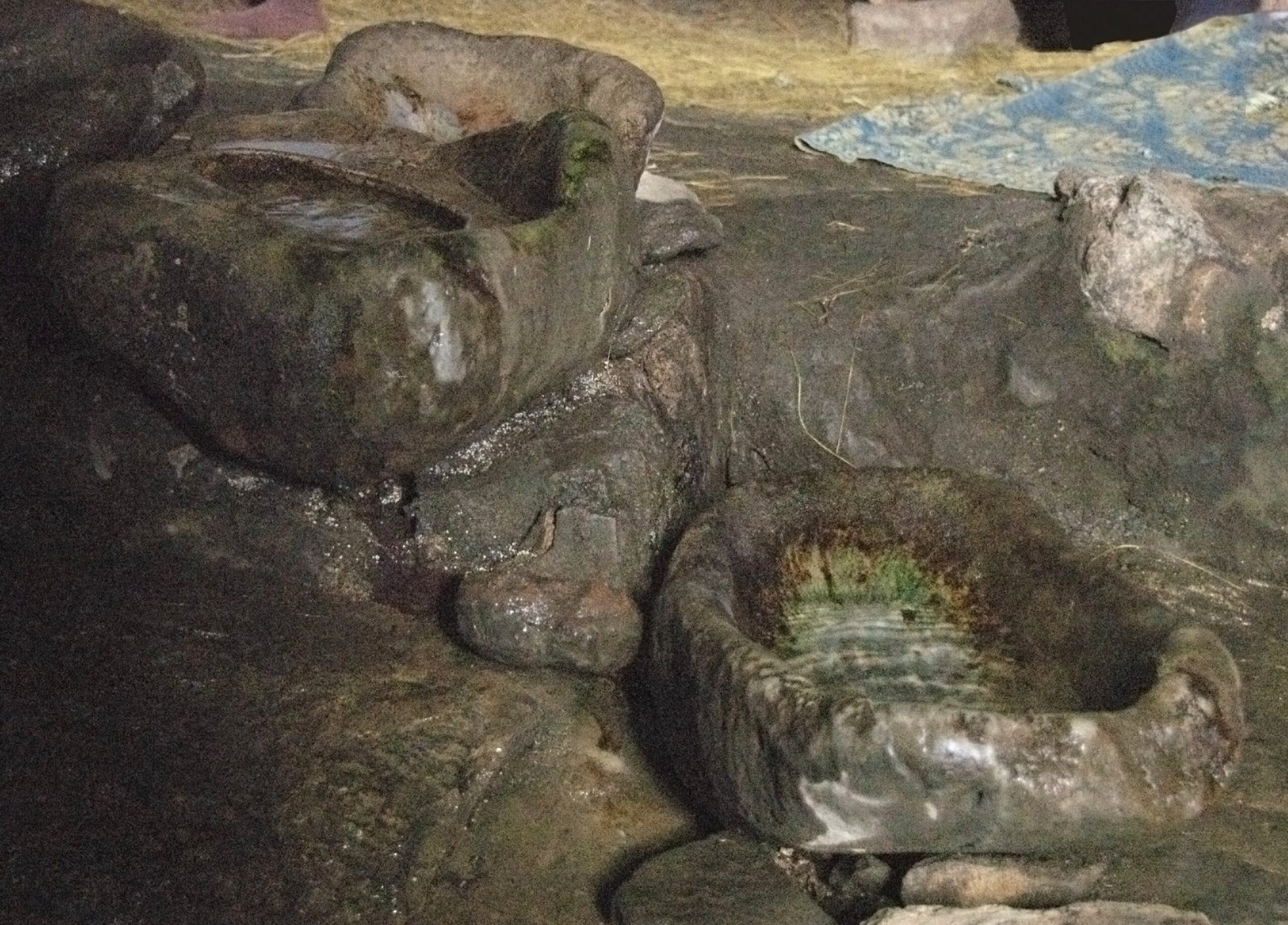
Like many natural wonders, Sarawak’s cave faces threats from deforestation, mining, and climate change. The loss of surrounding forests can disrupt bat populations, while pollution seeps into the delicate cave ecosystem. Conservation efforts are underway to protect both the cave and its inhabitants, but the challenges are immense. The future of the cave depends on balancing human needs with environmental stewardship—an ongoing struggle with global implications.
Scientific Exploration and Discovery
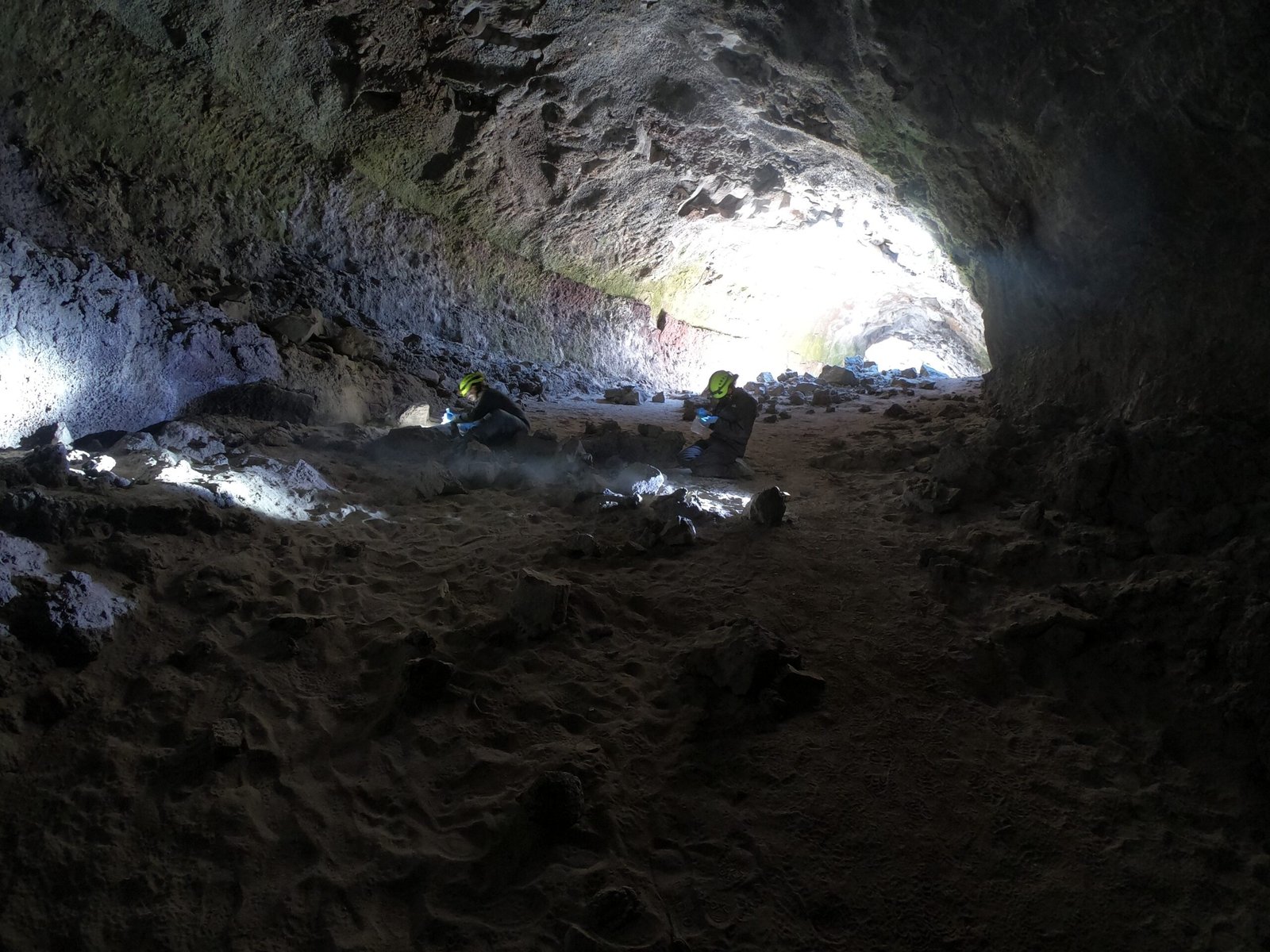
Researchers flock to the cave to study everything from bat behavior to mineral formations. The cave is a treasure trove of scientific data, revealing secrets about evolution, adaptation, and the interplay of life and geology. New species are discovered regularly, adding to the cave’s aura of mystery. These investigations help deepen our understanding of how ecosystems function and how humans can coexist with the natural world.
Education and Awareness
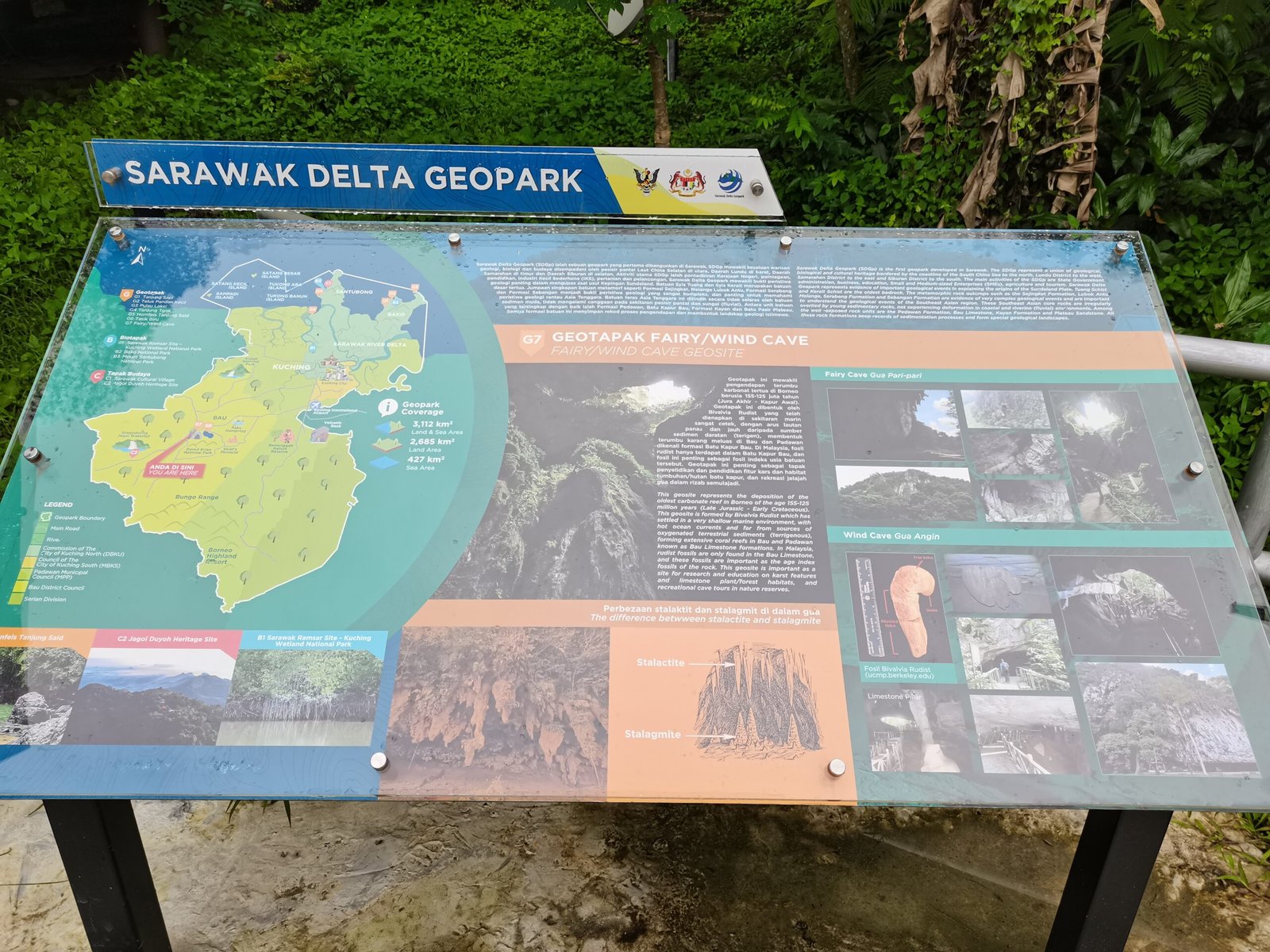
Educational programs in local schools and visitor centers help spread awareness about the cave’s ecological and economic importance. By teaching the next generation about sustainable harvesting and conservation, communities hope to preserve the cave’s bounty for years to come. These efforts inspire pride and responsibility, turning the cave into a classroom for both young and old.
Future Prospects for Guano
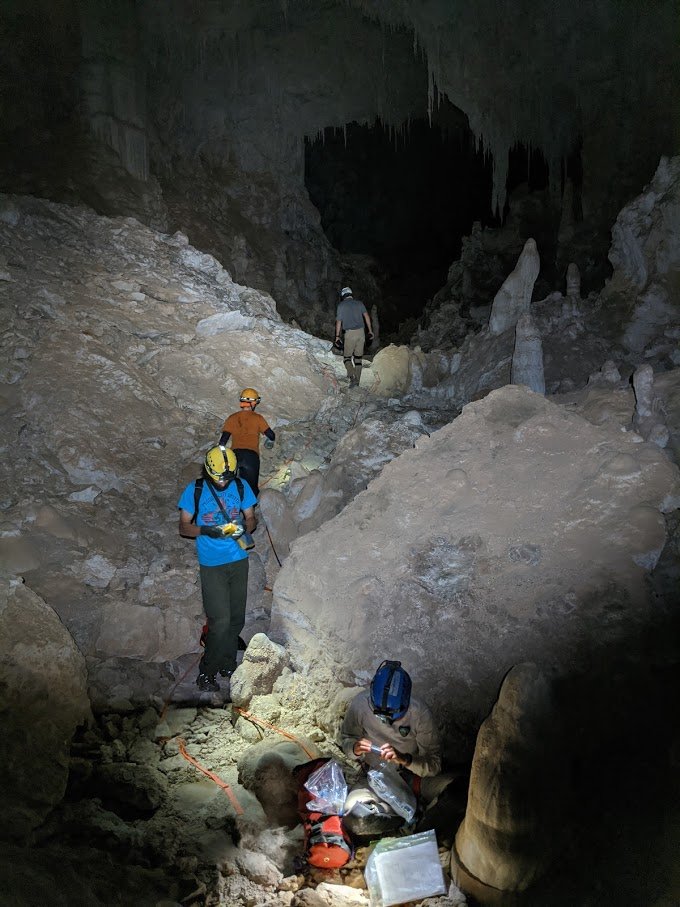
As the world seeks greener alternatives to chemical fertilizers, natural guano has seen a resurgence in demand. Sarawak’s cave stands at the forefront of this trend, offering a sustainable resource that supports both people and the planet. Innovations in harvesting and processing could unlock new markets and opportunities. The cave’s story is far from over—it continues to evolve with each passing year.
The Irreplaceable Value of Sarawak’s Bat Cave
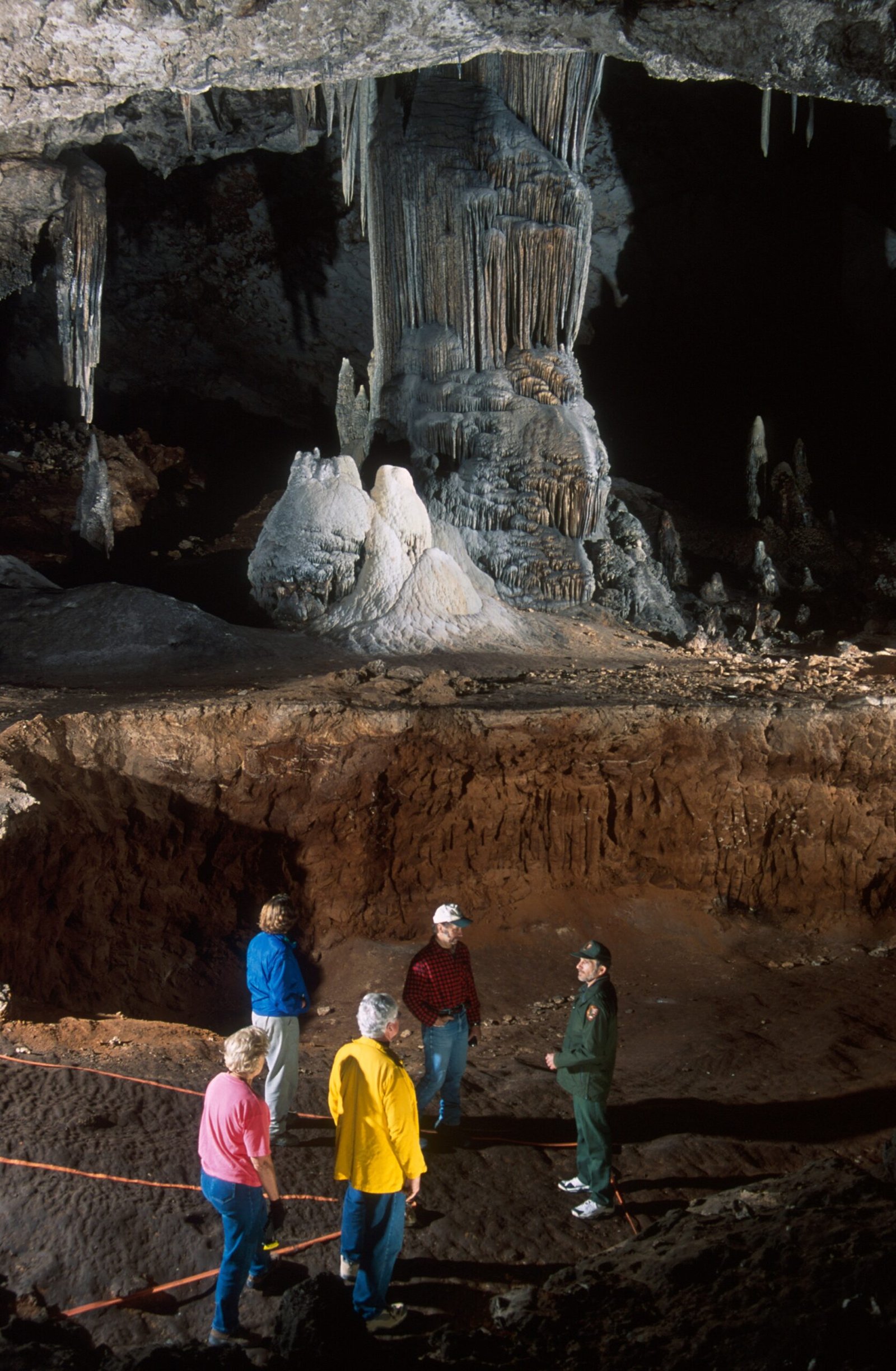
The Sarawak bat cave is more than just a hole in the ground; it is a living system, a source of wealth, and a testament to the power of nature’s cycles. Its guano has nourished crops, fed families, and fueled scientific discovery. The bats, the harvesters, and the countless creatures within form a web of connections that stretches far beyond the cave’s stone walls. As we marvel at this extraordinary place, one question lingers: What other hidden economies lie waiting in the shadows of our world?

